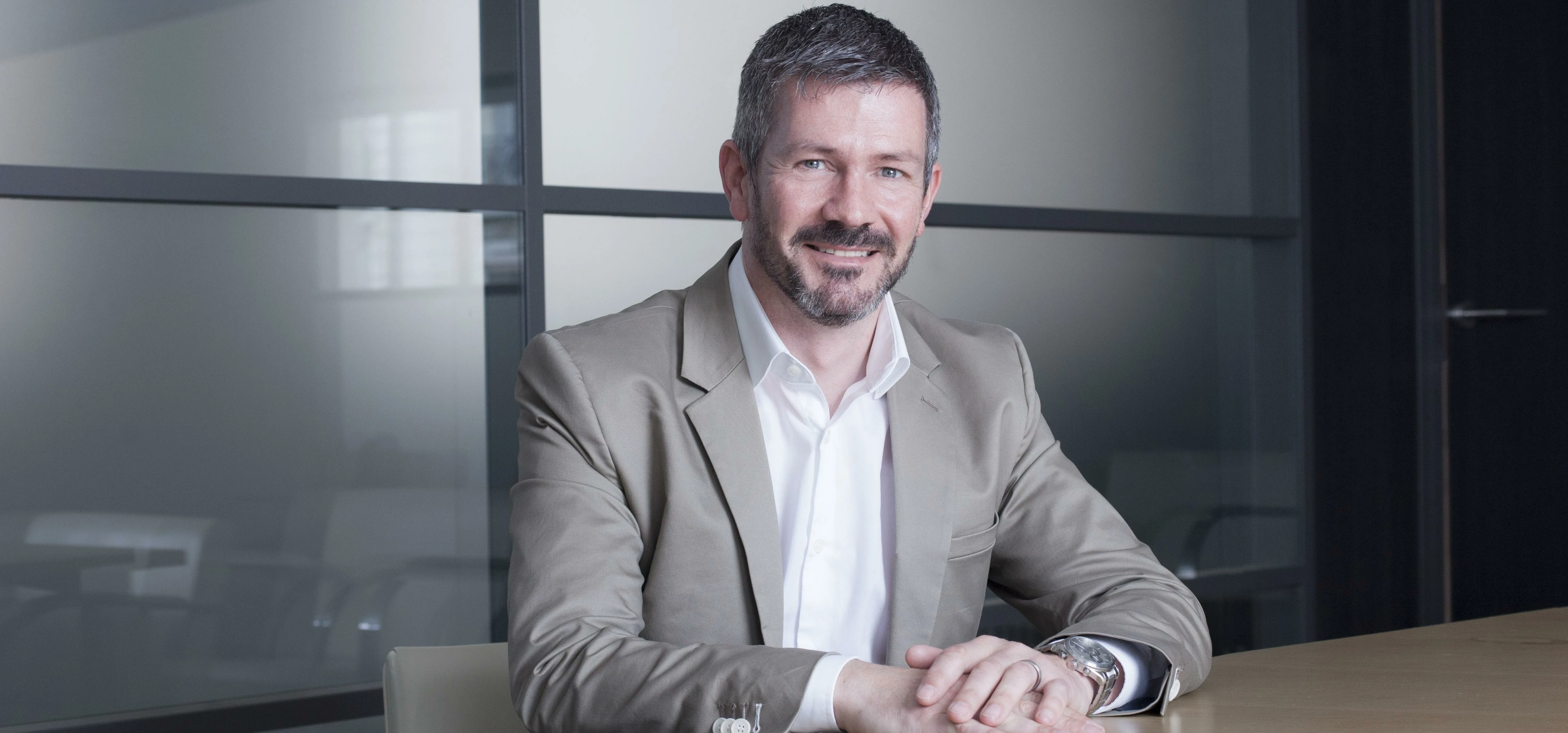
Partner Article
Where To Start In a Fully Connected World?
Webhelp’s global director of R&D, Dave Pattman explains how companies can still get involved in the use of AI and robotics.
“For the past decade we have heard bold predictions about how artificial intelligence (AI) and robots will transform all aspects of our lives. And indeed, what once seemed science fiction is rapidly becoming science fact. Driverless vehicles are taking to the road and we speak to devices that seem to understand us and respond appropriately. Algorithms analyse vast quantities of data in real time and this information is used by machines to support complex predictions and make decisions. In short the internet of things (IOT) has already become the internet of everything.
We are assaulted by this new technology on a continuous basis and for many businesses, especially those which have been slower to plug into this vast network of possibilities, knowing where to start can be a daunting prospect.
But doing nothing is not an option. Faced with a competitor that has successfully adopted these technologies a business may find itself at a significant cost disadvantage or losing out on sales opportunities they didn’t even know existed.
Getting involved may not be as overwhelming as it first appears. The availability of secure cloud hosting and the emergence of ‘as a service’ business models means that AI and bots can be accessible to businesses without prohibitively large upfront investment costs or the need to replace legacy systems.
Robotic Process Automation (RPA) and ChatBots can both offer quick wins. With RPA, back-office processes are automated and handled by machines. Machines are better suited to carrying out highly repetitive tasks and remove the concern of boredom and mistakes creeping into the process from human operators. At the same time, ChatBots can provide low cost customer care on a 24/7 basis, and use AI to anticipate the needs of the customer based on their history, profile and the context of the interaction. This results in highly relevant recommendations and offers being made to the customer.
We’re all familiar with the spectre of humans being replaced by robots, and in some industries, especially manufacturing, the number of workers has been significantly reduced by automation. With the latest advances in AI, automation is now even possible in highly skilled knowledge fields such as law, medicine and banking. And with sensors being embedded in an increasing number of objects, including buildings, equipment and appliances, it is possible for machines to communicate directly with each other and act independently of human interaction.
But the introduction of this new technology does not mean the end for human interactions in businesses or between businesses and their customers. Far from it. Removing real people from the repetitive and mundane tasks that machines can handle, provides the opportunity to use people in areas where the personal touch really counts; areas in which brands can differentiate on the basis of their service, personality and human touch. The ideal combination of artificial and human intelligence will see brands using machines for the simpler interactions but escalating the more complex and emotionally important decisions to a person. Machines have yet to master emotional intelligence and the value of having people with the skills and knowledge to support customers and colleagues in ‘moments of truth’ will continue to be a source of competitive advantage.
The potential use of AI and robots is just one among many important decisions businesses have to make. And, as is always the case with cutting edge developments, it is one of the least understood fields in the company boardroom. But a lack of in-house expertise is not something that needs to prevent companies engaging in and exploring the use of AI and robots. The impact it could have on the bottom line may be surprising and the lack of upfront investment required even more so.
Customer experience experts, such as Webhelp, have R&D departments with the resources and expertise to explore these developments and recommend how they could be adopted to deliver the greatest advantage for businesses. In a world where everything is connected it is very difficult to know where to start and on what to focus energy and resources. This is a maze where a guide is essential if businesses are to avoid wasting resources in the wrong areas and ensure the opportunities presented by this connected world are effectively harnessed for the benefit of the business and their customers.“
http://www.webhelp.com/en-gb/news-insights/news/world-everything-connected-start/
ENDS
Press information:
For more information, or to arrange an interview, please contact
Heather Astbury, head of PR at Webhelp, on +44(0)7825 593242 heather.astbury@uk.webhelp.com
This was posted in Bdaily's Members' News section by Heather Astbury .








 Zero per cent - but maximum brand exposure
Zero per cent - but maximum brand exposure
 We don’t talk about money stress enough
We don’t talk about money stress enough
 A year of resilience, growth and collaboration
A year of resilience, growth and collaboration
 Apprenticeships: Lower standards risk safety
Apprenticeships: Lower standards risk safety
 Keeping it reel: Creating video in an authenticity era
Keeping it reel: Creating video in an authenticity era
 Budget: Creating a more vibrant market economy
Budget: Creating a more vibrant market economy
 Celebrating excellence and community support
Celebrating excellence and community support
 The value of nurturing homegrown innovation
The value of nurturing homegrown innovation
 A dynamic, fair and innovative economy
A dynamic, fair and innovative economy
 Navigating the property investment market
Navigating the property investment market
 Have stock markets peaked? Tune out the noise
Have stock markets peaked? Tune out the noise
 Will the Employment Rights Bill cost too much?
Will the Employment Rights Bill cost too much?